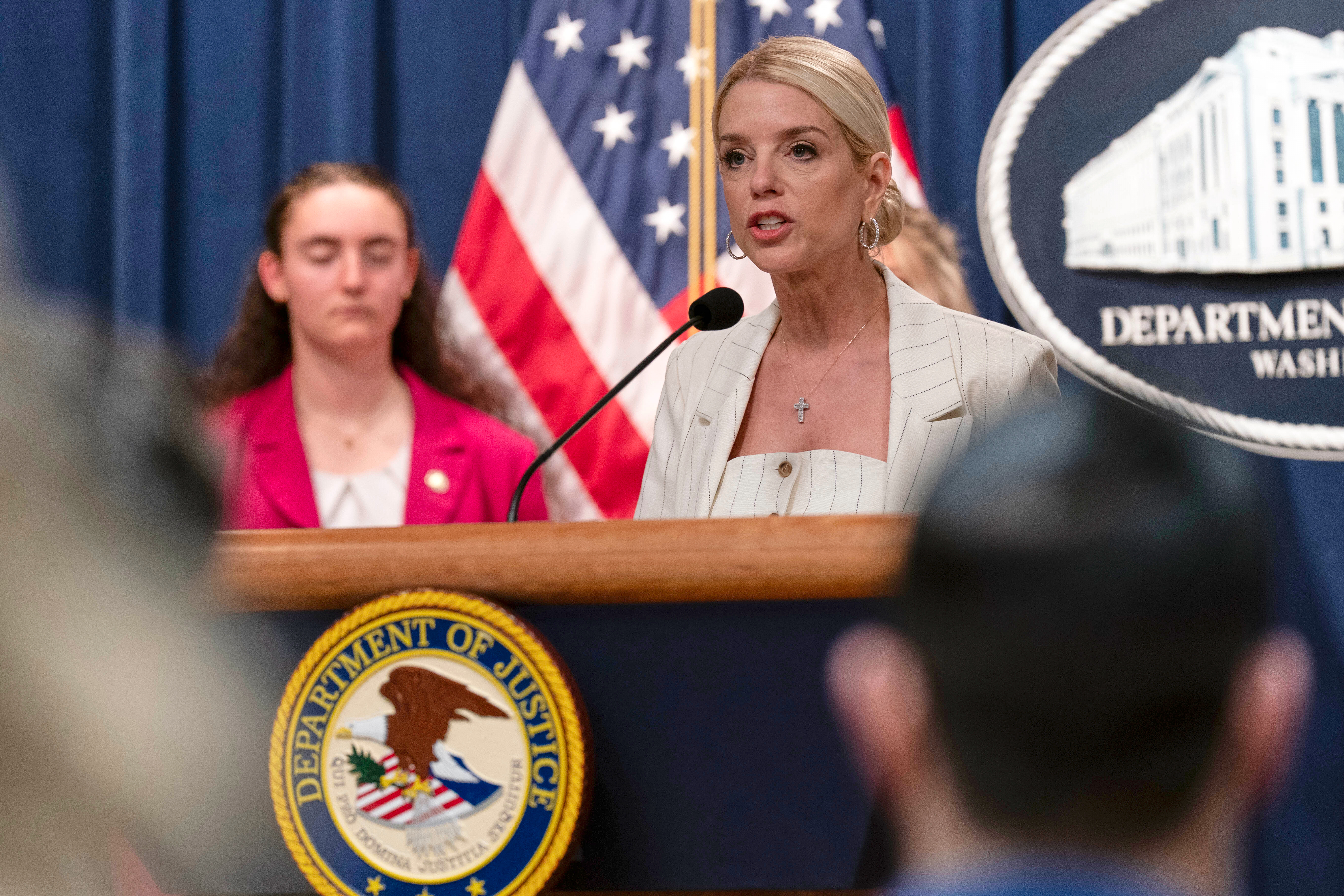The Environmental Protection Agency on Monday announced a comprehensive ban on asbestos, a carcinogen that is still used in some chlorine bleach, brake pads and other products and that kills thousands of Americans every year.
The final rule marks a major expansion of EPA regulation under a landmark 2016 law that overhauled regulations governing tens of thousands of toxic chemicals in everyday products, from household cleaners to clothing and furniture.
The new rule would ban chrysotile asbestos, the only ongoing use of asbestos in the United States. The substance is found in products such as brake linings and gaskets and is used to manufacture chlorine bleach and sodium hydroxide, also known as caustic soda.
EPA Administrator Michael Regan called the final rule a major step to protect public health.
"With today's ban, EPA is finally slamming the door on a chemical so dangerous that has been banned in over 50 countries,'' Regan said. "This historic ban is more than 30 years in the making, and it's thanks to amendments that Congress made in 2016 to fix the Toxic Substance Control Act,'' the main U.S. law governing use of chemicals.
Exposure to asbestos is known to cause lung cancer, mesothelioma and other cancers, and it is linked to more than 40,000 deaths in the U.S. each year. Ending the ongoing uses of asbestos advances the goals of President Joe Biden's Cancer Moonshot, a whole-of-government initiative to end cancer in the U.S., Regan said.
"The science is clear: asbestos is a known carcinogen that has severe impacts on public health. This action is just the beginning as we work to protect all American families, workers and communities from toxic chemicals,'' Regan said.

Drug said to be a breakthrough in asbestos-linked mesothelioma cancers
A trial including participants in multiple countries found a new drug cuts off the nutrient supply for tumors, dramatically improving survival rates.
The 2016 law authorized new rules for tens of thousands of toxic chemicals found in everyday products, including substances such as asbestos and trichloroethylene that for decades have been known to cause cancer yet were largely unregulated under federal law. Known as the Frank Lautenberg Chemical Safety Act, the law was intended to clear up a hodgepodge of state rules governing chemicals and update the Toxic Substances Control Act, a 1976 law that had remained unchanged for 40 years.
The EPA banned asbestos in 1989, but the rule was largely overturned by a 1991 court decision that weakened the EPA's authority under TSCA to address risks to human health from asbestos or other existing chemicals. The 2016 law required the EPA evaluate chemicals and put in place protections against unreasonable risks.
Asbestos, which was once common in home insulation and other products, is banned in more than 50 countries and its use in the U.S. has been declining for decades. The only form of asbestos known to be currently imported, processed or distributed for use in the U.S. is chrysotile asbestos, which is imported primarily from Brazil and Russia. It is used by the chlor-alkali industry, which produces bleach, caustic soda and other products.
Most consumer products that historically contained chrysotile asbestos have been discontinued.
While chlorine is a commonly used disinfectant in water treatment, there are only 10 chlor-alkali plants in the U.S. that still use asbestos diaphragms to produce chlorine and sodium hydroxide. The plants are mostly located in Louisiana and Texas.
The use of asbestos diaphragms has been declining and now accounts for about one-third of the chlor-alkali production in the U.S., EPA said.

Kelly-Moore out of business after 'cash drain' of asbestos lawsuits
Once one of the biggest U.S. paint companies, Kelly-Moore said "ever-continuing case filings" have cost it $600 million in settlements.









